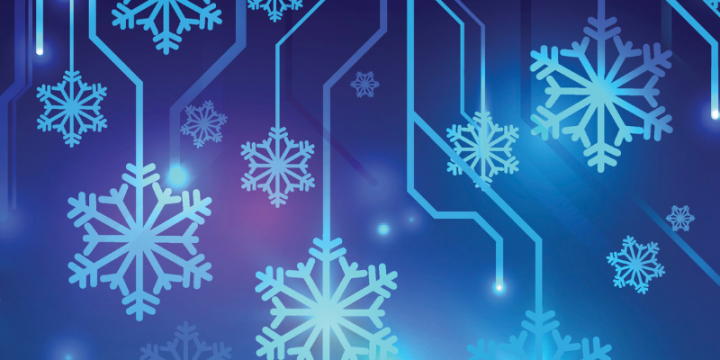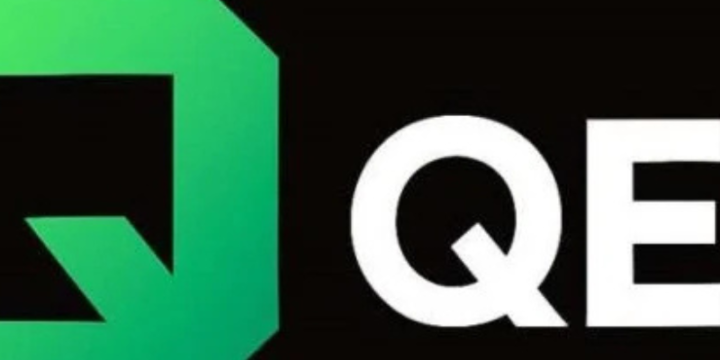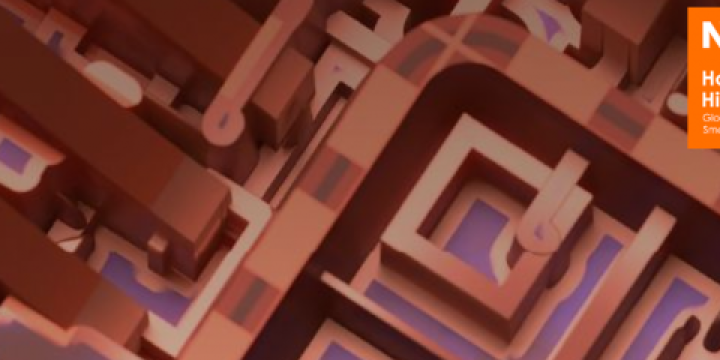At the COP28 in Dubai, countries want to make new agreements to reduce emissions. For this it is necessary to identify the sources. The Netherlands has a lot of experience with satellites that monitor methane emissions. Researchers from SRON, KNMI, TNO and TU Delft use their current space instrument TROPOMI to see enormous methane plumes above garbage dumps and fossil fuel extraction. They now jointly argue for a leading role for the Netherlands to identify more of this low-hanging fruit worldwide. 'All knowledge is on board. The Netherlands has a unique opportunity to lead the world in monitoring methane, but this requires long-term efforts.'
Kees Buijsrogge, Director Space and Scientific Instrumentation TNO:
We are now only seeing the tip of the iceberg, with better insight into local emission sources, countries can develop more effective policies to reduce emissions. The potential of the Netherlands as a leading country in this area is recognized worldwide, which is why we must maintain this technological leadership.
Human methane emissions are largely responsible—45%—of net global warming. Unlike CO2, methane disappears relatively quickly—after just ten years—from the atmosphere, so that fewer emissions also quickly mean less concentration in the air. However, methane emissions continue to rise.
Low hanging fruit
Due to the short lifespan of methane, tackling emissions will yield rapid climate benefits. And some of those emissions are also highly concentrated in certain places. There, enormous methane plumes leak from so-called super emitters. These are often rubbish dumps, coal mines or oil and gas installations. “That is the low-hanging fruit in the fight against climate change,” says Aaldert van Amerongen (SRON) of the Dutch Clear Air Consortium. 'The methane super-emitters that we discover ourselves together have a greater climate impact than the total greenhouse gas emissions of the entire Netherlands, including CO2. If we tackle these leaks, we will achieve rapid climate gains with little effort. Then you first have to identify them and this can be done worldwide with satellites. And that is exactly what we are very good at in the Netherlands.'
Dutch expertise
Within the Clear Air Consortium, SRON, KNMI, TNO and TU Delft work together on research and technology surrounding emission monitoring. Since 2017, they have been discovering more and more large methane leaks with the Dutch TROPOMI space instrument. TROPOMI has daily global coverage, but relatively low resolution. That is why they are working on the TANGO satellite, which will measure CO2 and methane from 2027.
Monitoring necessary
Although legislation on methane emissions is still being developed worldwide, various control mechanisms are already being launched at COP28, including from the United Nations. Their IMEO-MARS initiative addresses super emitters about their leaks and makes them public after some repair time. “The UN is committed to reducing methane and CO2 emissions, but they have limited visibility,” says Pepijn Veefkind (KNMI). 'There is a strong need for good monitoring of greenhouse gas emissions, worldwide, frequently and down to the level of the individual polluter. The Netherlands has the capacity that can make a difference, so let us take responsibility and take the lead in this.'





